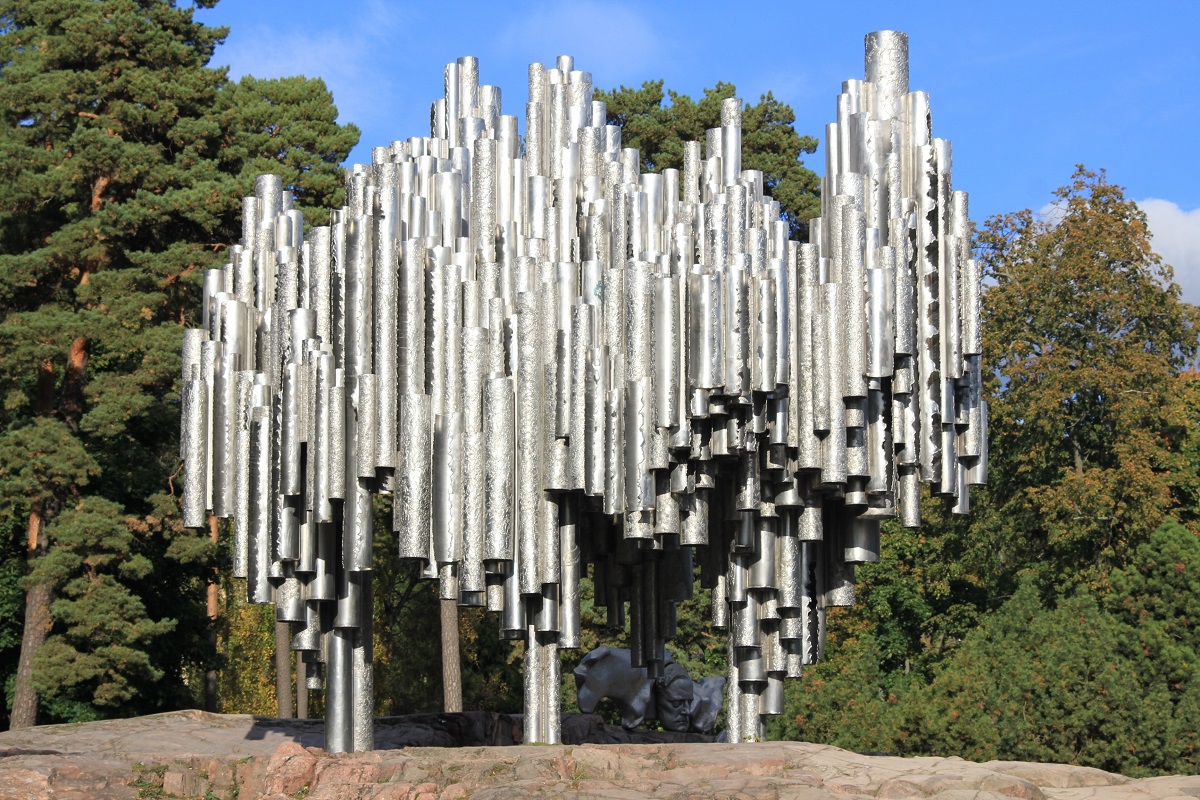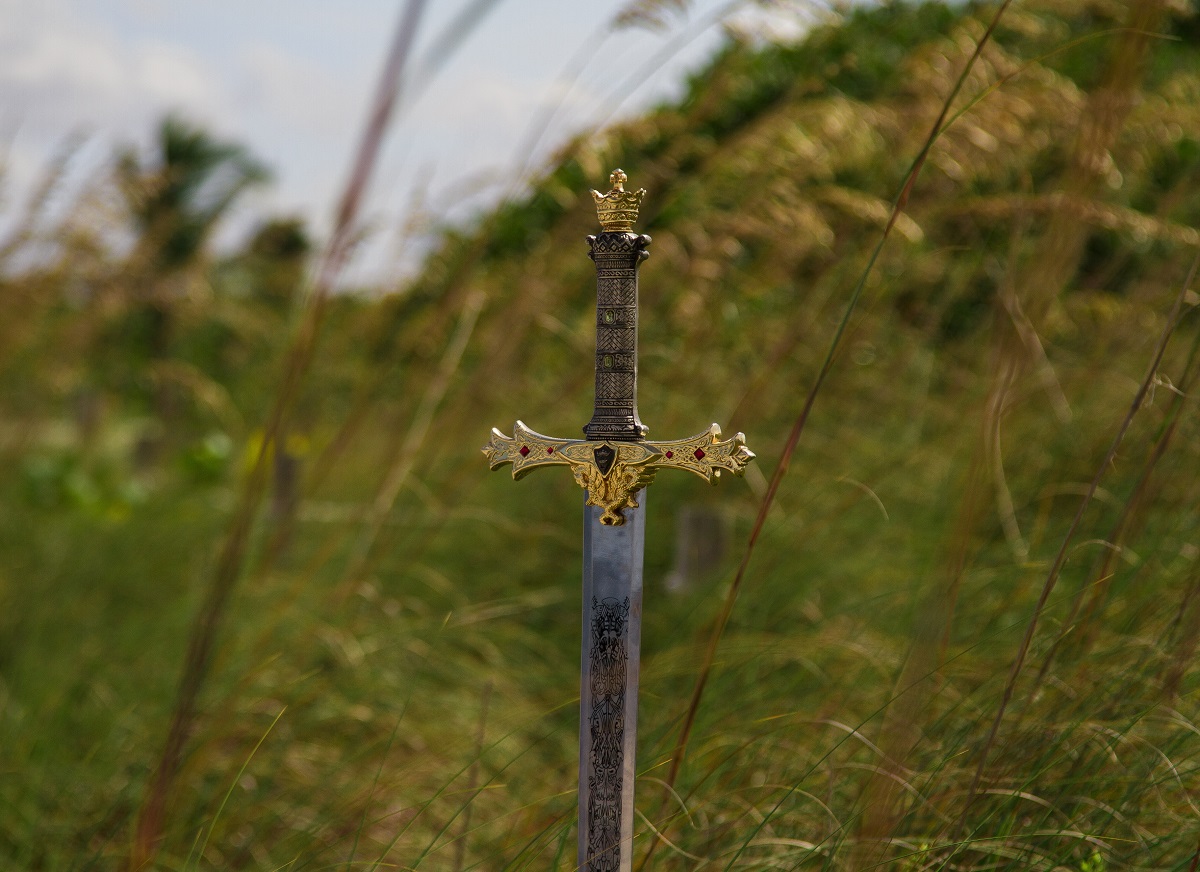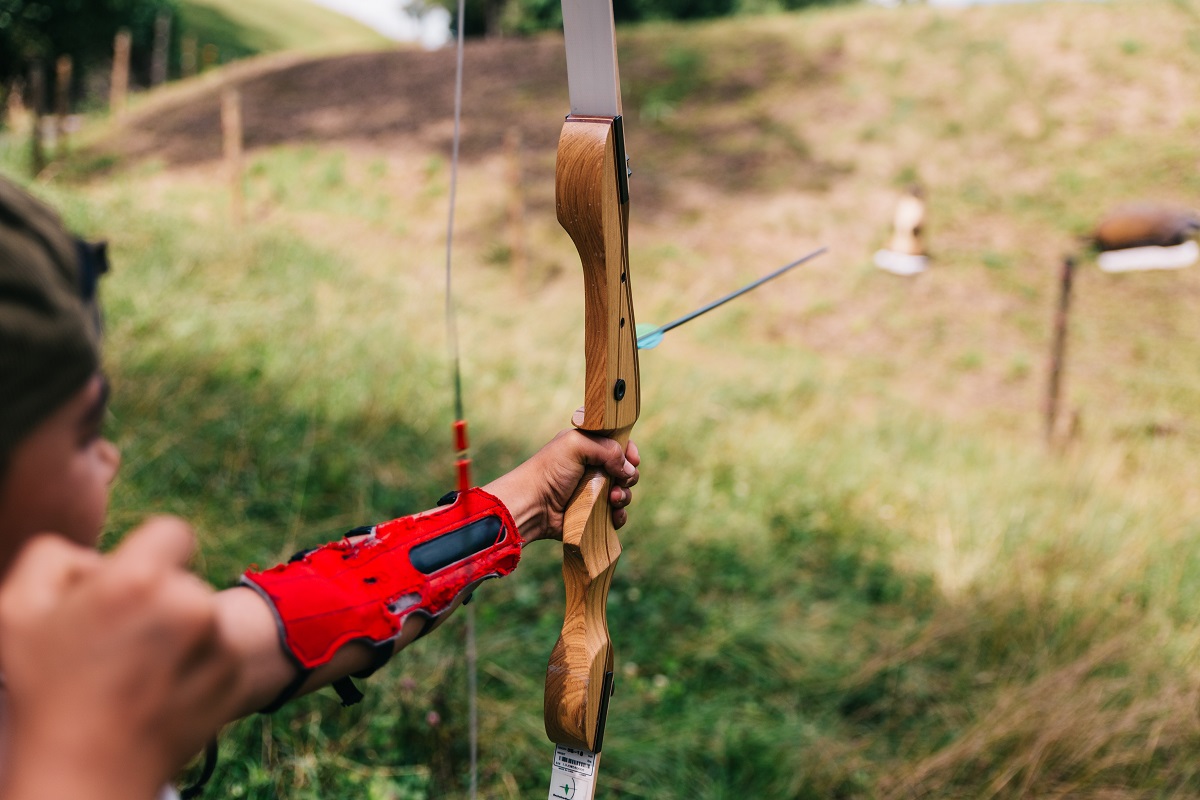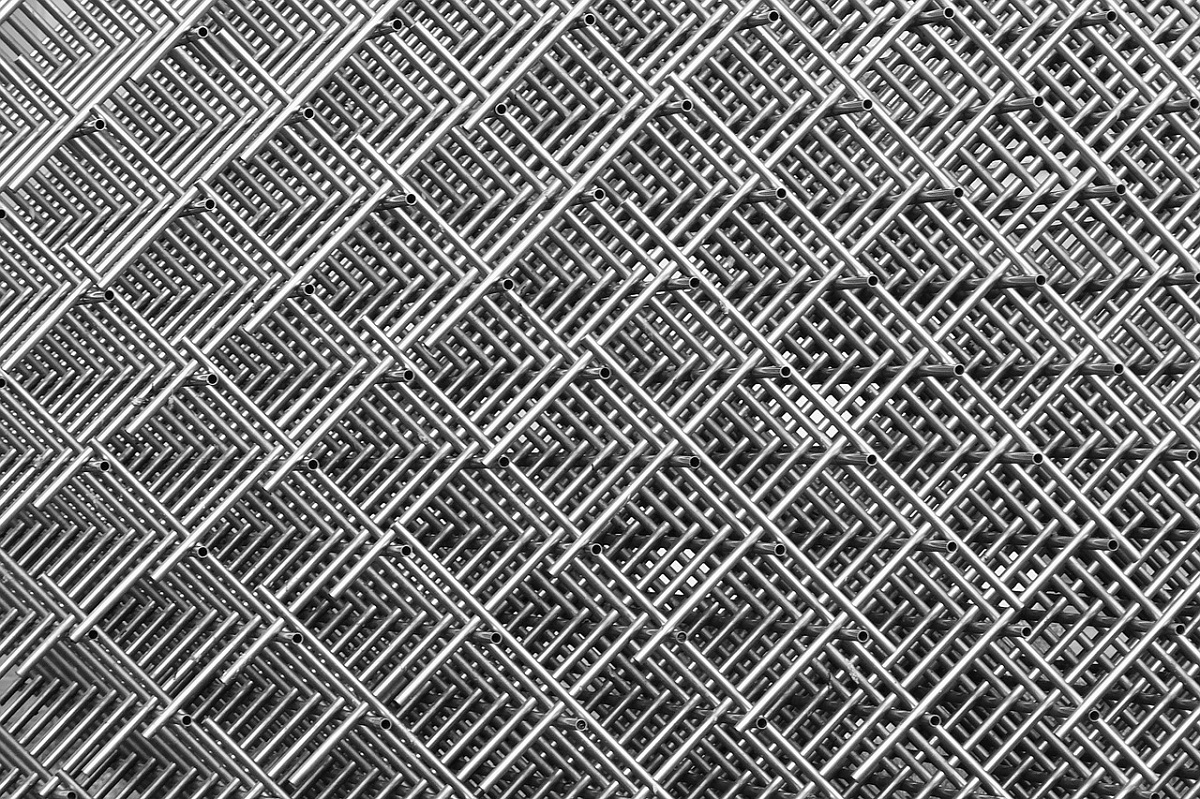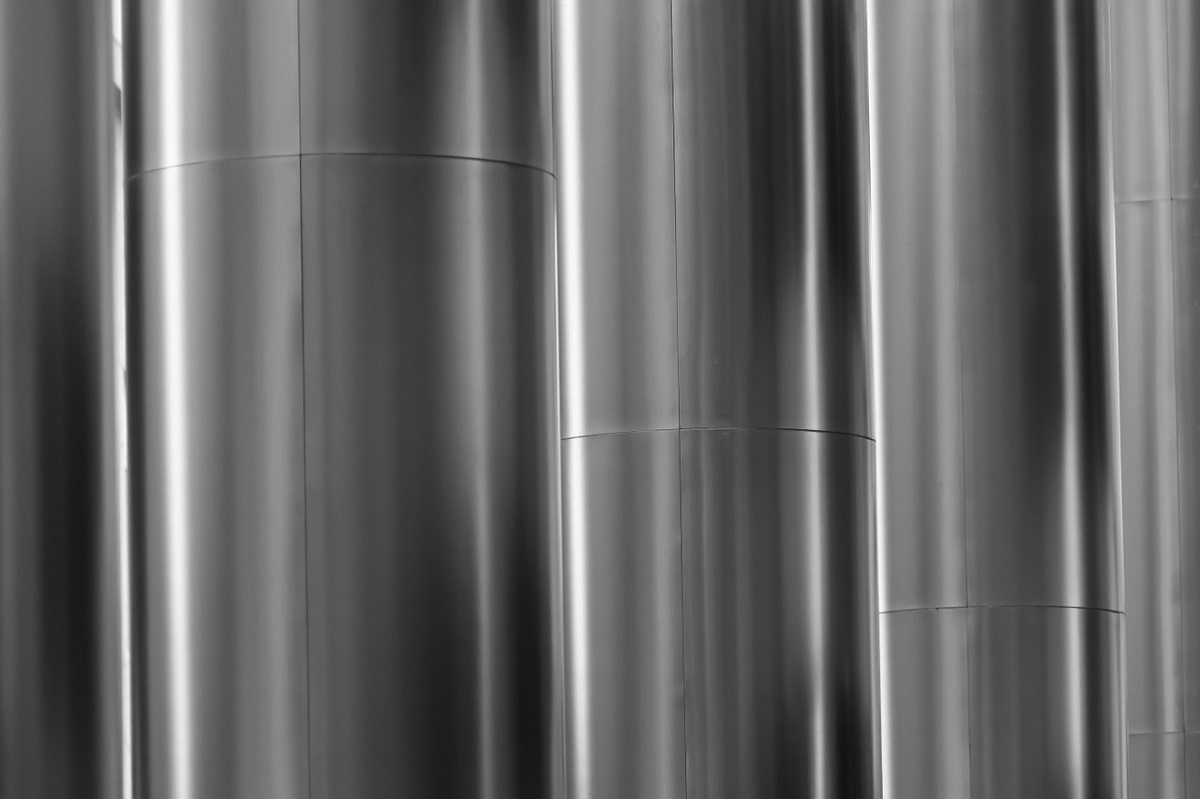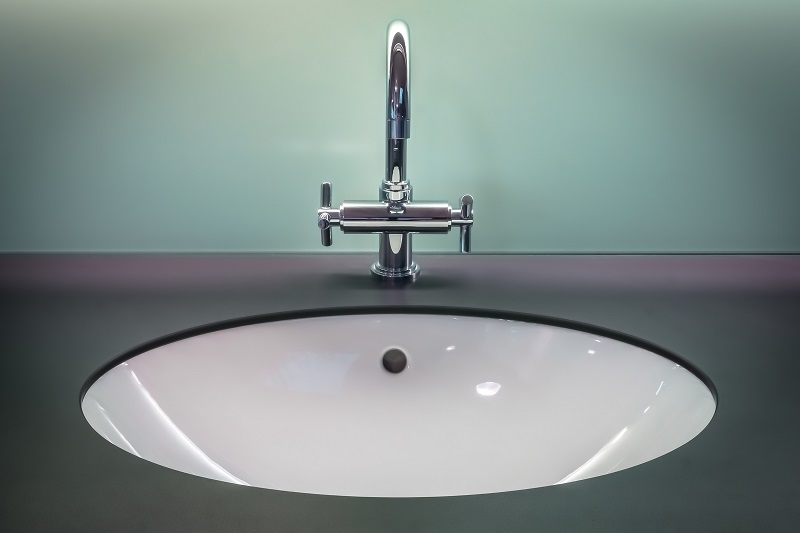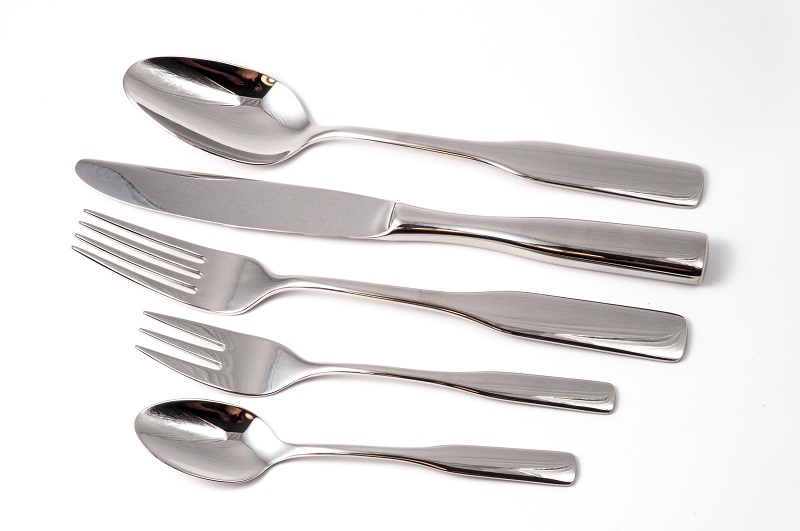How is stainless steel used in art?
- Stainless steel fantasy art
- Stainless steel art signage
- Stainless steel etching
- Decorative murals and paintings
- Steel sculptures
The use of stainless steel in the Philippines has become increasingly widespread as the years go by, being used for a wide variety of forms and functions by different industries. From being used by the automotive and aeronautics industries, the food industry, and even on various forms of weaponry, stainless steel has become one a widely used metal due to its durability and adaptability to various conditions and functions.
Along with being a crucial material for various industries, stainless steel has also been used to create a variety of art pieces. The ease of folding and crafting stainless steel has prompted artists from across the world to use the material to create thought-provoking and breathtaking art pieces that aims to captivate audiences and art enthusiasts alike. Here’s a look at some of these majestic art pieces made out of stainless steel.
Fantasy art meets stainless steel
Sculptor Kevin Stone is an artist known for bringing various creatures of fantasy to life through the use of stainless steel. From the incredible 20-foot eagle sculpture named Power and Authority to the majestic 35-foot long Chinese Imperial Water Dragon, Stone combines his imagination with impressive craftsmanship that enables him to create these wonderful pieces of art.
Using reflective pieces of stainless steel, his sculptures are able to shine and gleam under the sunlight, while the durable qualities of the material allow these sculptures to be displayed under various weather conditions without deteriorating. These sculptures show that stainless steel is a great material for creating outdoor art pieces as they can withstand the elements and retain their shine and quality.
Artful signage

Along with being used to create sculptures, stainless steel can also be used to create artful signage for a wide variety of establishments, which includes restaurants, bars, and other retail and food establishments. Along with retail and food establishments, various companies and businesses have utilized stainless steel signage for their company names and logos, creating an artful representation that helps provide a clean and shiny look that is aesthetically pleasing.
Steel signage has been a common fixture for a long time, and with the introduction of stainless steel, they are now easier to produce, are now even more durable. From simple establishment signage to artful representations of your brand, stainless steel is one of the best ways to add some art to your brand or business.
Stainless steel etching
Another way of creating art using stainless steel is through etching on its surface. The etching process is quick and efficient, allowing you to produce multiple copies more efficiently if needed. This process is also used on stainless steel jewelry like necklaces, rings, lockets, and bracelets. The number of things that can be etched on stainless steel is endless, from names, logos, and even elaborate drawings. Etched stainless steel provides you with wonderful embossed art illustrations that would last for a long period of time.
Stainless steel decorative murals and paintings
Stainless steel has also been used to create large wall murals and paintings that can be displayed across a large hall or room, in a similar way you can hang a normal painting or picture. These stainless steel murals are created by embossing the steel with the design of your choice. The design is usually fabricated before the embossing process, making the overall process of producing the mural or painting much more efficient.
These stainless steel murals and paintings can depict various illustrations, from plants, animals, or even depictions of people and landscapes, which are also some of the more popular types of art for these kinds of stainless steel products.
Steel becomes sculpture

Along with a variety of fantasy sculptures, most stainless steel artists use the material to create a wide variety of intricately made sculptures. The subject of these sculptures can include people, animals, plants, and even various abstract forms. The flexible yet durable nature of stainless steel allows artists to be able to work their imagination and creativity to craft and bring these sculptures to life.
Some of these stainless steel sculptures have also become iconic landmarks in their own right. Notable examples include the Chicago Cloud, which is one of the most photographed places in the world, and the St. Louis Gateway Arch, which is the world’s tallest free-standing steel structure. These steel sculptures are not only a testament to artistic expression, but they also show that these stainless steel art pieces are able to withstand outside elements while still being able to captivate the audience.
Key Takeaway
Stainless steel is one of the most abundant materials in the world, and with the material being used to create fascinating and creative art pieces, it is proof of its versatility and adaptability to be crafted into various objects. Art has a wide variety of mediums, and stainless steel is just another great way to help these creative imaginations come to life.
